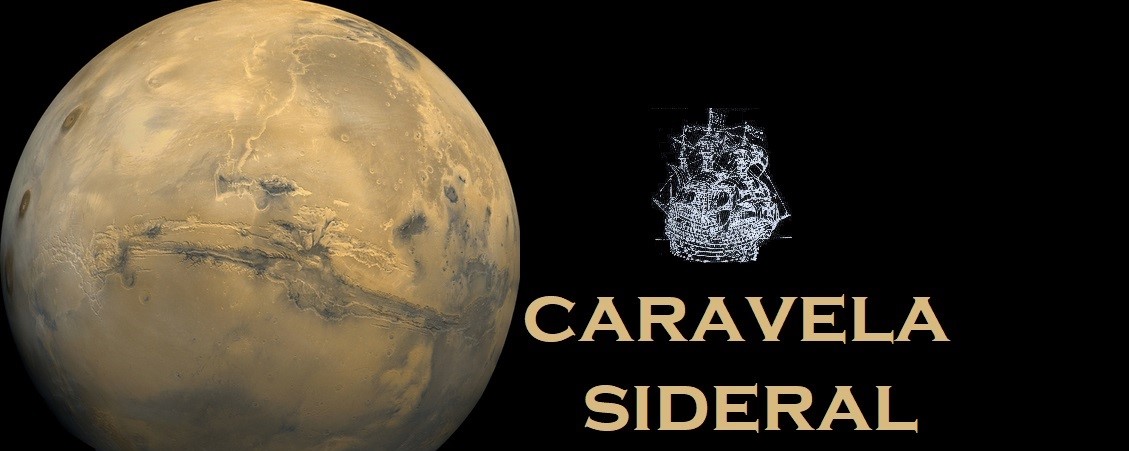O rover da missão Mars 2020 será uma versão mais musculada e sofisticada do incansável Curiosity.
O lançamento está previsto para Julho ou Agosto de 2020 e a chegada ao planeta vermelho em Fevereiro de 2021. A missão deverá durar cerca de um ano marciano, quase dois anos terrestres.
O rover irá procurar no solo do planeta sinais de vida microbiana que tenha existido no passado, escolher e guardar amostras em sítios pré definidos para serem recolhidos por uma futura missão que os deverá trazer para a Terra, identificar zonas onde possa ter havido vida, testar a possibilidade de produção de oxigénio a partir da atmosfera marciana e estudar a meteorologia de Marte para uma futura presença humana.
O sistema de aterragem será semelhante ao do Curiosity, incluindo um paraquedas e um veículo de descida com motores de travagem, o skycrane, que deverá colocar o rover suspenso na superfície e incluirá novas tecnologias para controle da descida e escolha do melhor local para poisar.
Interessante é o uso de um microfone para análise da entrada na atmosfera, descida e aterragem e que ajudará também os cientistas no trabalho no solo. É fascinante pensar que poderemos ouvir os sons do vento e da actividade do robot.
O rover Mars 2020 tem cerca de 3 metros de comprimento, 2.7 metros de largura e 2.2 metros de altura e uma tonelada de peso, uma panóplia completa de cameras de alta definição e a cores e um braço robótico muito mais capaz, robusto e flexível do que o do Curiosity.
Uma missão excitante em perspectiva, se tudo correr bem, nomeadamente a aterragem que é a fase mais complexa e crítica de todo este processo.
 |
Panorama obtido pela PanCam do Spirit / Spirit Pan Pan's Panorama
|
| | | | | | | | | | | | | |
The Mars 2020 rover will be a more muscled and sophisticated version of the relentless Curiosity.
The launch is scheduled for July or August 2020 and the arrival on the Red Planet in February 2021. The mission is expected to last about a year Martian, almost two years on Earth.
The rover will search the planet's soil for signs of microbial life that have existed in the past, select and store samples at pre-defined sites to be collected by a future mission that will bring them to Earth, identify areas where there may have been life, test the possibility of producing oxygen from the Martian atmosphere and studying the meteorology of Mars for a future human presence.
The landing system will be similar to that of the Curiosity, including a parachute and a downhill vehicle with braking engines, the skycrane, which should put the rover suspended on the surface and include new technologies for descent control and the choice of the best landing site.
Interesting is the use of a microphone for analysis of the entry into the atmosphere, descent and landing and that will also help scientists in the ground work. It's fascinating to think that we can hear the sounds of wind and robot activity.
The Rover Mars 2020 is about 3 meters long, 2.7 meters wide and 2.2 meters high and one ton in weight, has a full range of high definition and color cameras and a much more capable, robust and flexible robotic arm than Curiosity.
An exciting mission in perspective, if all goes well, namely the landing that is the most complex and critical phase of this whole process.
 |
Aterrando com a "manobra skycrane"
Landing with the "skycrane manouver" |
 |
Animação da pesquisa, recolha e depósito das amostras.
Animation of the research, collection and deposit of samples.
Imagens Nasa |


















